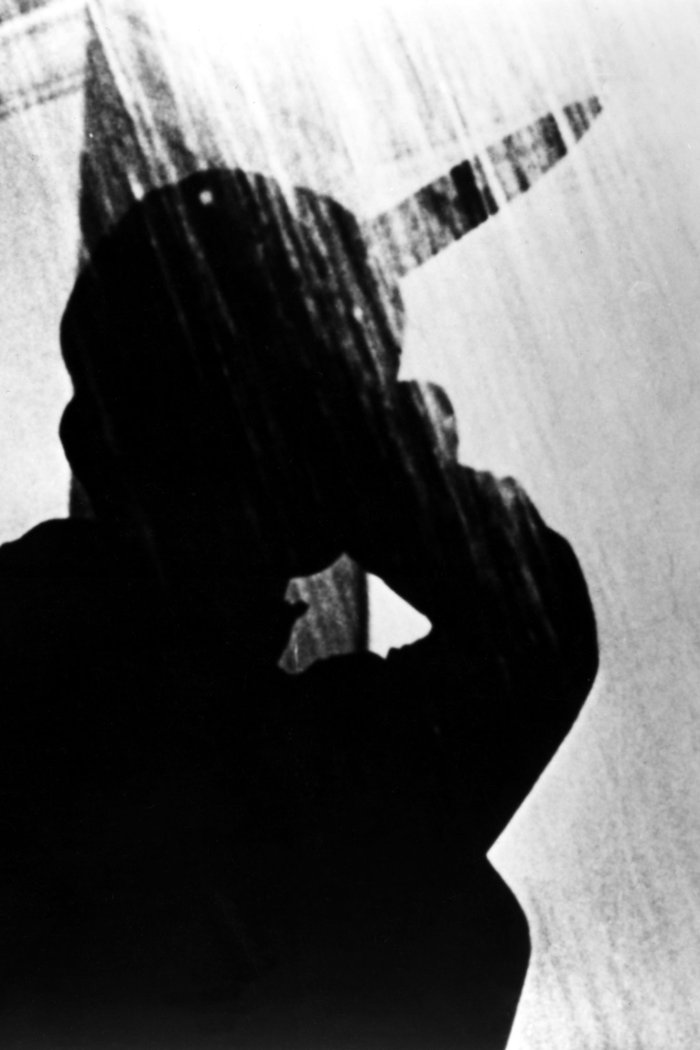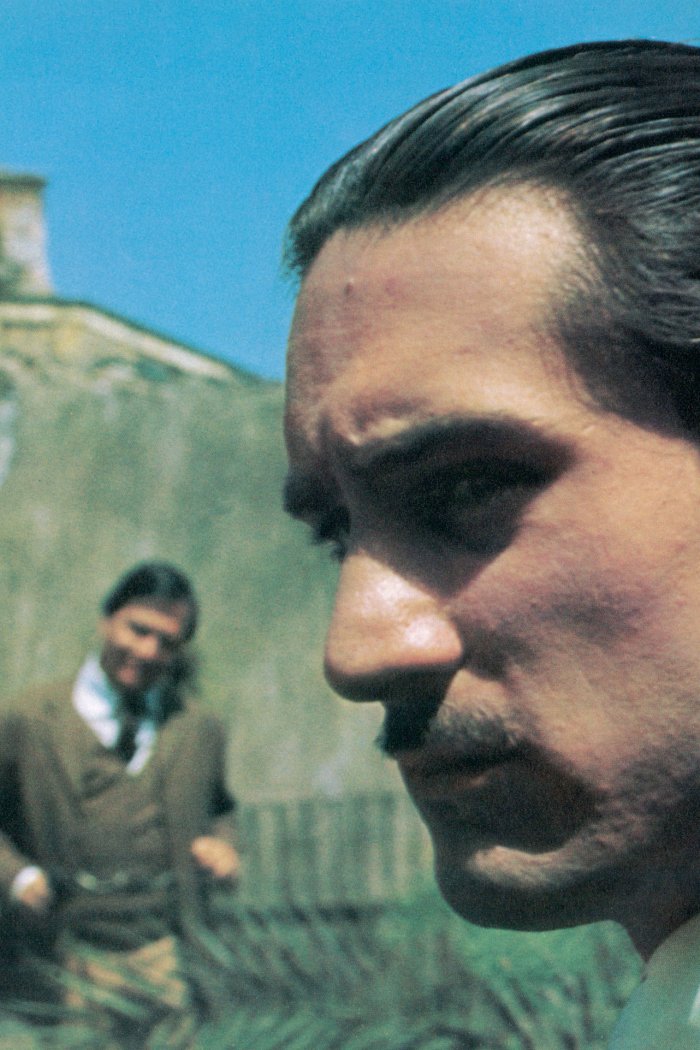Of all the movies in the Star Wars constellation, Irvin Kershner’s grand adventure is the only one that works on its own, vivid and dramatic and redolent of classic Hollywood craftsmanship. The story, written by George Lucas, Leigh Brackett, and Lawrence Kasdan, takes place three years after the cheesy space opera that started it all; the movie works because its creators take the story just seriously enough, leaning into the darker undertones of its central father-son conflict and giving its three primary characters—a warrior princess (Carrie Fisher), a swaggering, authority-defying smuggler (Harrison Ford), and a knight who doesn’t yet know his worth (Mark Hamill)—more depth and dimension than they had in the first film.
No one had expected the first Star Wars movie to be the huge hit it became or, for that matter, to reverberate through the decades as it did. Lucas began coming up with ideas for a sequel in mid-1977, and enlisted Brackett, a respected screenwriter and science-fiction-fantasy novelist, to help bring them to life. Brackett had co-written screenplays for Howard Hawks (among them The Big Sleep, Rio Bravo, and Hatari!), and had channeled crime novelist Raymond Chandler for Robert Altman’s gorgeously inventive version of The Long Goodbye. She had already been diagnosed with cancer when Lucas hired her, and she died in 1978, having turned in a first draft only weeks earlier. While the finished film veers significantly from the material she filed, her presence can be felt in the final product even so. She helped bridge the old Hollywood and the new, shepherding one franchise toward a future almost wilder than science fiction.
- Cybersecurity Experts Are Sounding the Alarm on DOGE
- Meet the 2025 Women of the Year
- The Harsh Truth About Disability Inclusion
- Why Do More Young Adults Have Cancer?
- Colman Domingo Leads With Radical Love
- How to Get Better at Doing Things Alone
- Michelle Zauner Stares Down the Darkness




